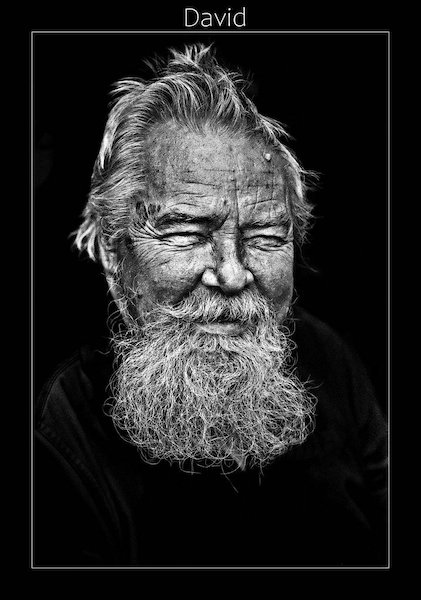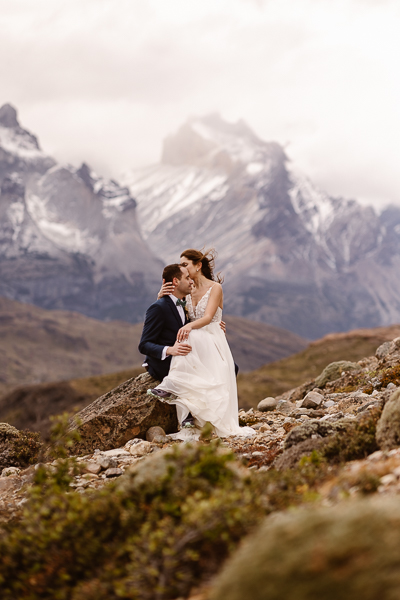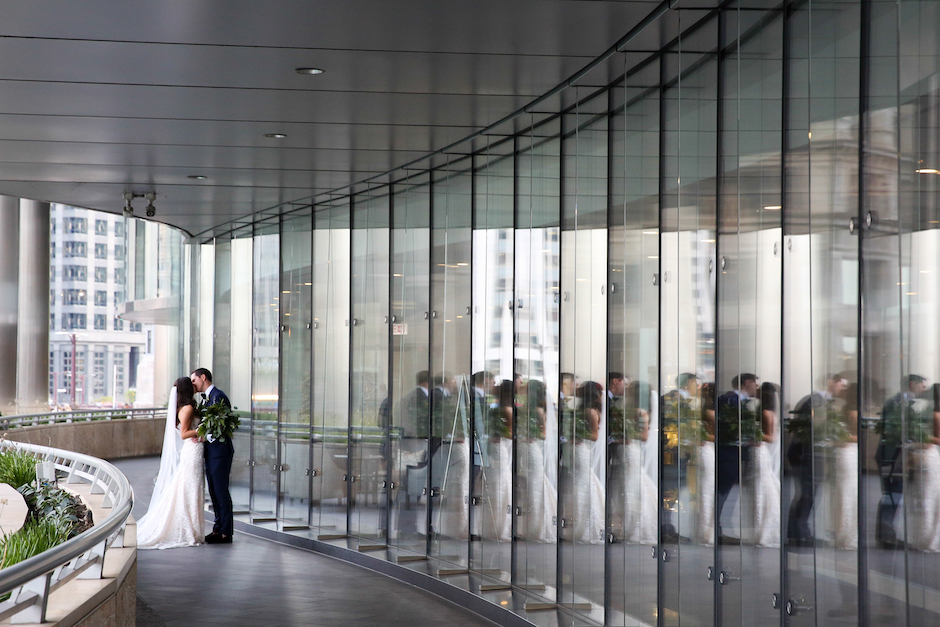A Photographer You Should Know: Celebrity Shooter Miller Mobley
June 16, 2016
He dropped out of school in Alabama, uprooted to New York City and hopped on a flight to L.A. for a meeting that almost didn’t happen. Miller Mobley’s career as a celebrity portrait photographer was launched with wide-eyed leaps of faith, and while it’s been snowballing ever since, he’s only getting started.
When it comes to an artistic identity, Mobley is very sure about a couple of things. For one, he’s especially intentional about his lighting; he likes it to be motivated, from a thoughtful source. It’s important to him to provide a personal experience for his mostly celebrity portrait sitters, so rather than throwing as many lights as he can into a scene, Mobley says, he carefully considers how light can complement his subjects at their absolute best.
The Alabama-born photographer is rather dogmatic about his color palettes, too. Developing his signature cinematic look is a ritual he deems essential in setting oneself apart as a photographer, and for him, capturing deep, color-rich photos, without heavy-handedness in post-production, is the crux of what he’s been going for. Once his photos are in Photoshop, Mobley scrutinizes everything—the grain on the image, the way a curve looks, whether the shadows are green or blue, or desaturated. It all matters.
But all said and done, Mobley doesn’t have his entire “thing” nailed down—and that’s how he likes it. “I don’t know if I have my style figured out yet, honestly,” says Mobley, whose career began in earnest just a few years ago. “I’ve been thrown into this craziness, and I feel like at times I’m still discovering my style. And then there are times when I don’t really want to have a style. I don’t want to be a photographer that has a certain look. I want to be a photographer that can provide different looks. And that’s how I am personally, I’m all over the place and I don’t like things to always look the same. That can be good and bad. But I would get bored if I did the same thing all the time.”
Thus far, things have not been boring for Mobley, who had just returned from a trip to Zurich with his wife and business partner, Jana, by the time he sat down for a phone interview in New York, albeit also getting ready to hop on a flight to L.A. Very recently Mobley became bicoastal, splitting his time between New York and L.A. (though now that Jana is pregnant, he adds, they might just settle on the West Coast for a while).
While juggling editorial assignments from The Hollywood Reporter and Billboard—those two hire him the most, he surmises—Mobley’s been working on some advertising projects with YouTube and Google, and he just finished a big ad campaign for Steinway & Sons and for National Geographic Channel’s new show The Story of God with Morgan Freeman. His rather recent influx of commercial clients is largely due to signing with NYC-based rep Stockland Martel late last year. Still, Mobley is first and foremost known for his celebrity portrait work.
But he never intended for that to happen. His journey over the last five years has been filled with unexpected turns.
GETTING IN
Born and raised in Tuscaloosa, Alabama, Mobley went to school at the University of Alabama, but “not by desire,” he clarifies—“I was basically just a terrible student, made horrible grades and slept in class.” He dreamt of becoming a cinematographer, moving to New York or California and working on feature films and commercials. The university didn’t offer cinematography, though, so he found the next closest thing: photography.
Mobley hit the ground running, starting with a couple of influential books. A Photographer’s Life by Annie Leibovitz showed him just how big of a production photography could be, and for Mobley today, the bigger the better. Then Richard Avedon’s In the American West was, he says, “this education where you look at his pictures and your eye changes, your sensibility changes.” Avedon’s portraits of strangers and hitchhikers struck the most pronounced chord. For school photo projects, rather than shooting his friends or whatever band was playing at whatever bar, Mobley took long drives to other towns, finding strangers on the side of the road and knocking on doors, “looking for people with character,” he says. These portraits would elevate his portfolio to a level of sophistication beyond the average college student’s work.
Mobley was 21 years old when he started showing work to local ad agencies and magazines, and he began getting assignments around town. His priorities shifted; rather than going to class, Mobley shot real work instead. Three years into school, he dropped out.
“I had no agent, I knew nothing, to be honest, nothing about the potential of photography,” he says. “It definitely gave me a good starting point to make some mistakes.”
His own experimenting led to a pivotal moment; on a whim, Mobley decided to photograph a portrait series of Mormon missionaries at a high school gym, and when he entered them in a competition, a few were published by AI-AP in American Photography 28. He was invited to the book’s launch party in New York where he got to see his work on the wall and meet Marcel Saba, the owner of Redux Pictures. Saba “saw something” in him, Mobley says, and he became his first agent, filtering work that flowed down from New York to the South; if a magazine wanted to photograph somebody in Atlanta or Nashville, and they didn’t want to fly down a photographer, they’d hire someone local. And often times, that was Mobley.
It eventually dawned on him, having developed a rapport with several New York photo editors, that he and Jana could uproot from Alabama and just move there, cold turkey. So they packed up a U-Haul and left.
A LEAP OF FAITH
That was five years ago, and, Mobley says, “that was obviously crazy.” They lived in the Chelsea neighborhood for a few years in a 400-square-foot apartment. And for their first five months there, Mobley’s phone was pretty quiet.
“I thought things were just going to start happening once we moved,” he says, “but basically I pressed a reset on my career. That’s how it felt. I had to start all over.”
Even Saba questioned why he’d wanted to move from Alabama, knowing Mobley didn’t understand how hard it would be to become a relevant, successful photographer in New York. “My being naïve wound up helping me though,” Mobley realized later. “You don’t know what you don’t know, and sometimes that can give you an advantage.”
That thinking proved itself a few months later when he was walking through the airport and spotted a copy of The Hollywood Reporter. He contacted Jennifer Laski, the photo and video director for The Hollywood Reporter and Billboard, who replied that the next time he’s in L.A., come in and see her. Mobley immediately booked a flight to L.A., and coolly wrote that he happened to be heading there the following week.
The trip to L.A. did not go as planned. Mobley almost missed his flight, and when he got there, Laski couldn’t be reached for four days. Feeling defeated, Mobley returned to LAX, but an hour before his flight back to New York, Laski emailed him: she had a 15-minute window for a sit-down at her office. Mobley tore through the airport and rushed in to show her his book. She didn’t see any celebrities in his portfolio, but she could tell by his portraits that he was capable of shooting them—photographing strangers and getting them to open up was a good start. She wound up giving him an assignment on the spot.
Mobley’s career has been snowballing ever since. One shoot led to another, and then another, then 10 more, and 20 more. He’s now part of a fast-paced world of rapid-fire photo shoots and turnarounds.
Mobley’s had to learn on the fly that besides shooting beautiful photos, getting hired again and again, especially as a celebrity portrait photographer, means being overly prepared, flexible and fast. Nowadays, he’s known for it.
JUST TWO KIDS FROM ALABAMA
Prep starts with Jana. She’s not a photographer, but Mobley’s wife is heavily involved in the creative side of the editorial shoots—making mood boards, treatments, conceiving the set design, wardrobe, hair and makeup. “Basically we build a portfolio of inspiration together,” he says. This partnership runs seamlessly—after all, Mobley and his wife know each other quite well, having first met when they were 14 years old.
A few days before the shoot, Mobley goes over lighting and possible setups with his assistants, and he talks to the set designer about the vision. On the day of the shoot, they get there early to set up and try things out.
The more prepping in advance, the better, but some things that just come naturally to Mobley require no rehearsing; connecting with his subjects and getting them to engage is one of those things.
“There’s something about the South that people find intriguing and comforting, and they can warm up to the idea that we’re just two Southerners,” he says. “Just being chill, being cool, being a real person, not trying too hard to impress the person I’m photographing, and being flexible. Celebrities are photographed on a weekly basis. How can you be a breath of fresh air when you get to set? How can you shine a different light on the whole photo situation? Instead of being the photographer that acts like he’s done it a million times, how can you be personable?”
One shoot in particular that Mobley holds dear is when he and his wife found themselves standing outside the White House, about to head in to photograph the President and the First Lady of the United States. “We were just two kids from Alabama,” Mobley says. “We couldn’t believe this was happening!”
He, his wife and his crew had background checks, dogs sniffed their equipment and the secret service plugged in their lights. There were about 20 people in the studio room when the President casually walked in. What proceeded, from Mobley’s perspective, was a 4-minute blur of conversation with some possible shooting. The First Lady told Jana she liked her shoes, and the President told Mobley his wife was beautiful. And that’s about all he remembers.
“I have a picture that’s proof, of me and my wife with the President and First Lady, but I feel like we talked more than we actually took pictures,” he says. “The next thing I knew, they walked out and I was breathing really hard, like, I can’t believe that just happened.”
And as one could imagine, Mobley went hard on the prep: he packed multiple cameras, and backup lights for the backup lights.
SHOOTING FOR LONGEVITY
Even reaching what many would consider to be the pinnacle shoot isn’t enough for Mobley to sit down and relax. “One of the things in photography to think about is longevity,” he says. “Yes, you might be a photographer, and yes, you might do it really well for three or four years, but how do you make a career last a lifetime? How do you not sink? How do you keep evolving, reinventing, pushing yourself and creating work that’s exciting?”
On the tails of his early aspirations to be a cinematographer, Mobley’s poked around in filmmaking, having pitched in for a commercial for Everlast, which the boxing company wound up buying on spec. That was four years ago, right around when his celebrity portrait work took off. He decided to switch gears back to photography at the time, but now Mobley’s feeling the itch to do some directing. It’s just finding the time.
If you ask him how he feels about where he’s at in his career as a photographer, Mobley is humble and considers himself emerging: “I’m still doing all I can to make a dent in the photography industry, so I can’t lose my focus too much.” That said, he assures we’ll be seeing more of the cinematographer in him soon, with plenty of filmmaking projects to come in the future.
In Miller Mobley’s Gear Bag
Cameras: Canon 5D Mark III and Phase One Camera with Digital Back
Lenses: Canon 50mm and 80mm, Schneider Kreuznach 35mm, 55mm, 80mm and 110mm
Lighting: Profoto 8a 2400 packs and heads, Broncolor Para 133 reflector, Briese Focus 77 key light




